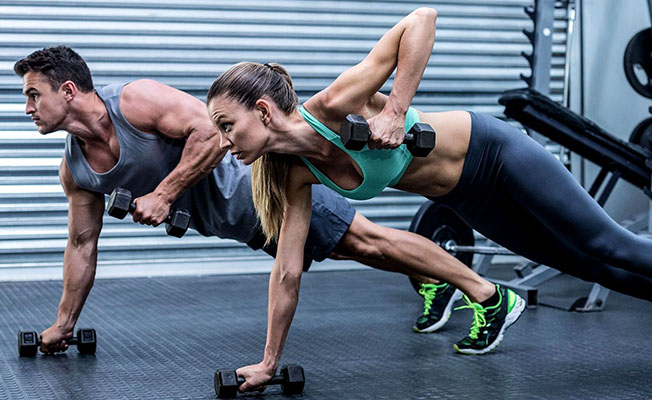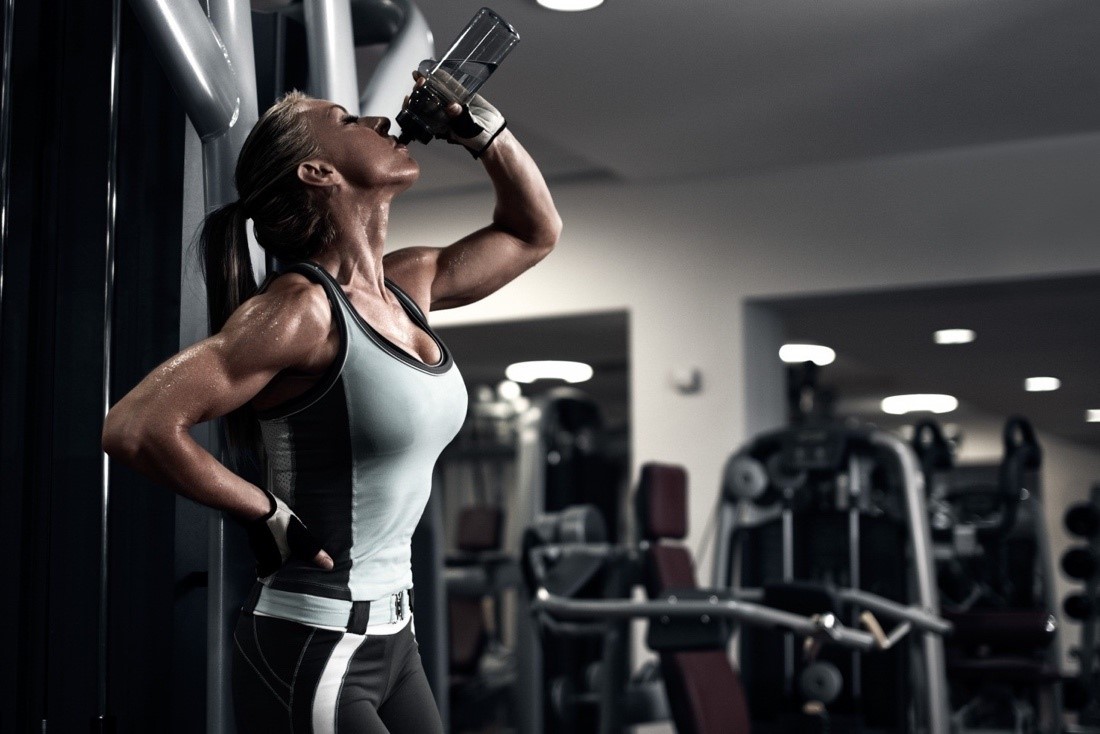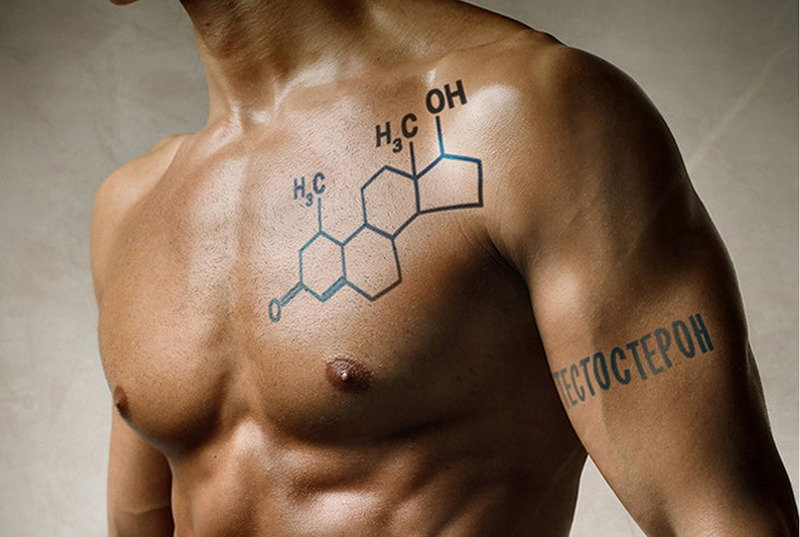In hydration, water is an essential nutrient for life with interesting physical properties (viscosity, specific color). It represents 2/3 of body weight (50-80%), slightly higher in men, and this amount decreases with age. Of the total muscle weight, 65-75% is water.

Its functions
-Body transport of nutrients, gases and waste
-Medium of chemical reactions
-Lubricant and pad (joints)
-Amniotic fluid, eye, cord and shock absorber
-The most important: thermoregulation (due to its high heat capacity) that helps dissipate the extra heat load, avoiding temperature variations that could be fatal
The hydration of water in liters has to compensate the losses produced by urine, feces, skin and respiration. Water requirements will vary depending on the weather, body weight and physical activity
Water balance is essential to maintain blood volume and other bodily functions, therefore the body has a fine neuronal mechanism to regulate it, in which the hypothalamus plays an essential role. The loss of water increases the amount of electrolytes in the blood, then the hypothalamus alerts the body giving the sensation of thirst. However, rapid water losses do not alert the hypothalamus (beware of short and intense exercises). If there is a difference, at the time of excretion, the kidneys perform a renal reabsorption to minimize losses.
The sources from which to obtain water are 3: drinking water, foods rich in fruits, vegetables and low in fat, and metabolism (100g of CH = 55g of water; 100g of protein = 100g of water; 100g of lipids = 107g of water. 1 gram of glycogen is 2.7g of water).

The kidney reabsorbs 99% of the water and filters 140-160 liters / day producing 1-1.5l / day. On the skin, perspiration is 350 ml and sweating 11 / h in hot and humid environments. Respiration (water vapor) 250-350 ml / day. In the stool 100-200 ml.
To eliminate body heat. when sweat comes into contact with the skin, it evaporates and this cools the skin which in turn serves to lower the temperature of the blood. At high ambient temperatures, the only way to dissipate heat is by sweating. The most important factor for sweat is relative humidity, if it is high or sweat will not evaporate because there will be no cooling.
The high heat capacity of water means that to evaporate that water, a large amount of heat is consumed, which cools the body. If there is no sweating, there is no thermoregulation, which will increase heat and decrease cardiovascular function and work capacity.
Dehydration reduces plasma volume, and if there is no hydration it leads to:
-Less sweating and thermoregulation
-Lower circulatory capacity (decreases cardiac output)
-Increased heart rate (8l / m for every liter lost)
-Decrease in glycogen levels and early fatigue
If this is mild, cramps will appear, if it is moderate exhaustion and if it is severe it can lead to heat stroke.
A 2% loss is tolerable, there is a feeling of thirst. 4% significantly reduces performance. 6% leads to weakness and exhaustion. From 6-10% there is a risk of system failure and / or death.
To avoid dehydration, hydrate before exercise, during as needed and after exercise along with solid foods. To do this, we must drink isotonic drinks that provide water, electrolytes and carbohydrates and help to replace losses during exercise. These losses will depend on various factors such as the intensity of the exercise, the temperature, the relative humidity and the duration of the exercise. The taking must be frequent and discreet. Liquids should be taken at a temperature lower than outside and with flavor to increase palatability. HC (30-60g / h, 600-1200l / h at 4-8% simple sugars or maltodextrin) and / or electrolytes (sodium 0.5-0.7g / h) should be added in exercises of more than 1 h. / p>
In gastric emptying (passage of liquid from the stomach to the small intestine where it will be absorbed), the temperature (drink at 5º facilitates emptying) the volume (take 250ml / 15`) and the osmorality (pure water empties quickly , but water + CH + electrolytes takes longer, 5-8% CH optimal).
Sodium, which is responsible for maintaining the volume of extracellular fluid (osmotic pressure), is necessary to control extracellular volume, for neuromuscular transmission and for the transport and uptake of solutes by the cell. Its main source is table salt (recommended intake = 1.6g / day), in addition to being present in most foods. Its excess can cause hypertension.
The potassium responsible for maintaining the volume of intracellular fluid (recommended intake = 3.5g / day) is found in almost all foods. It is involved in neuromuscular transmission, the transport and uptake of solutes by the cell and in the acid-base balance.



